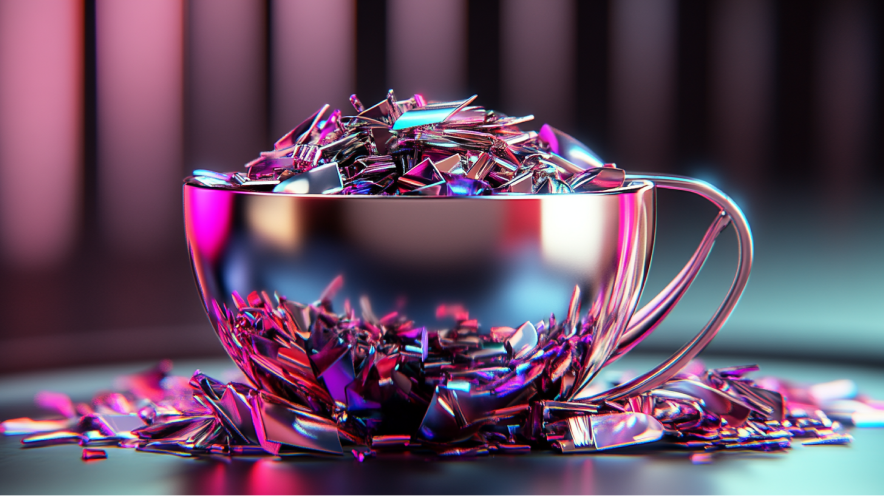Reading the tea leaves of the cosmetics industry via IP analysis
August 7, 2019 | 2 min readThe Cosmetics Industry isn’t traditionally seen as among the most innovative from a technology perspective, branding is important and the average advertising intensity around 10% of revenues, whereas R&D typically amounts for just ~2%, much lower than in leading industries (source)
That said, the industry publishes well over 1,500 patents per year, and may well breach the 2,000 mark in 2019 as it did just 9 years ago.
In fact, Tradespace’s forecast peg the volatile number anywhere between 1,400 and 2,200, given the current portfolio of 1,017 already granted so far this year.
Though not displayed here, the average time from application to grant has been accelerating in the industry, and is now just over 3 years (down from over 4 ten years ago), despite the increased volumes.
Digging into the details, one may note that applications considered in the cosmetic industry usually can be divided between the cosmetic preparations CPC A61K8 group and the care/hygiene CPC A61Q group, the latter containing specific hair, teeth, nail, or skin care, as well as protections (sunscreen) and odor/fragrance-based products such as deodorants. From that perspective the trend separates into two distinct patterns, cosmetic preparations patents are rising while care products IP is retreating a bit. Here our forecasts are relatively flat (below, 2019 and 2020 estimates) given the plateau-ing effect seemingly taking place.
Aside from this high level view, one can see that a small portion of cosmetic patents are still filed under a separate hierarchy, often Chemistry related, and more importantly that the fragmentation of the invention landscape yields nearly 500 patents annually in a variety of hygiene/medical categories.
Tradespace uses a simplified taxonomy of 10,000 categories to avoid the problem of analyzing hundreds of rarely used CPC codes (under 5 patents per 10 year) as exhibited below
Within the cosmetics preparation category patterns are emerging, such as the growth of new inventions using organic compounds (15% compound annual growth (CAGR) over 10 years, compared to 11.5% for the overall category). Inorganic compounds grew even faster, at 18% CAGR but represent less than half the volume of IP compared to organic compounds.
Packaging and delivery method innovation (new wipes, new emulsions, new foams, etc.) have been rising as well albeit at a relatively slow pace. Finally we note that nearly 500 patents based on algae, fungi, lichens or plants derivatives were granted in the past 10 years.

